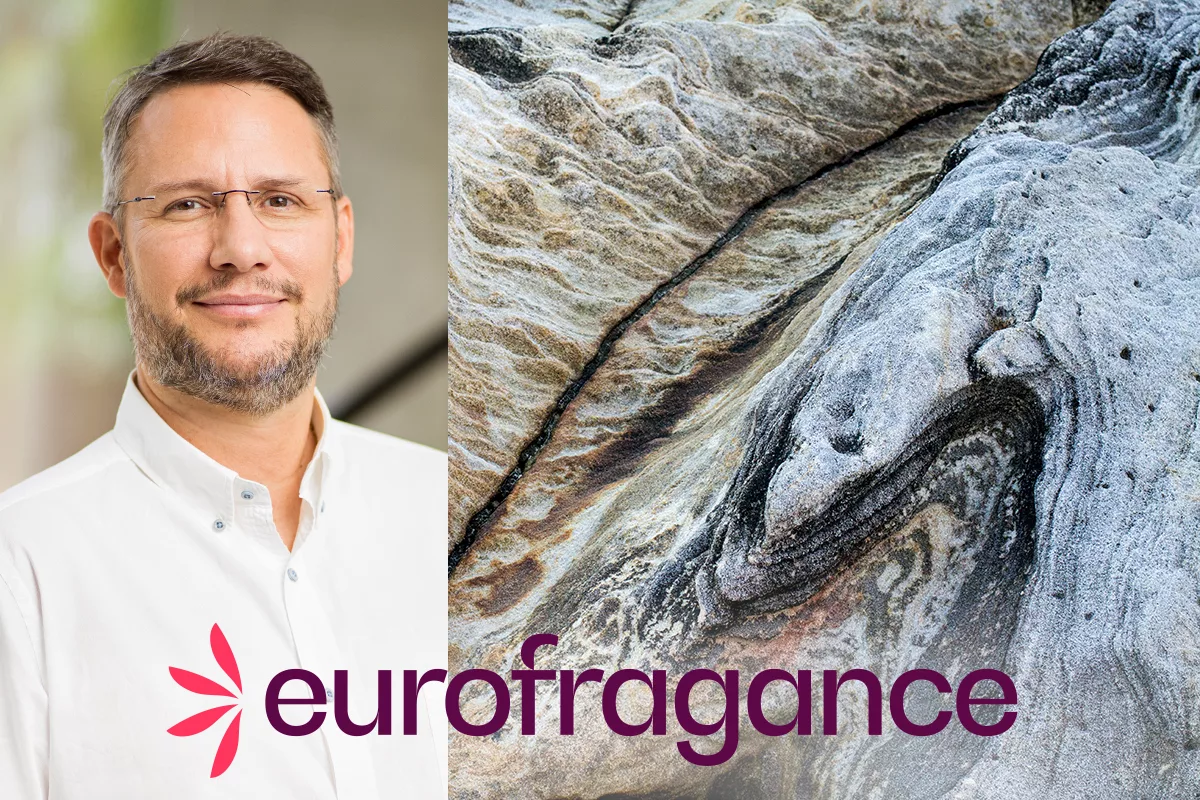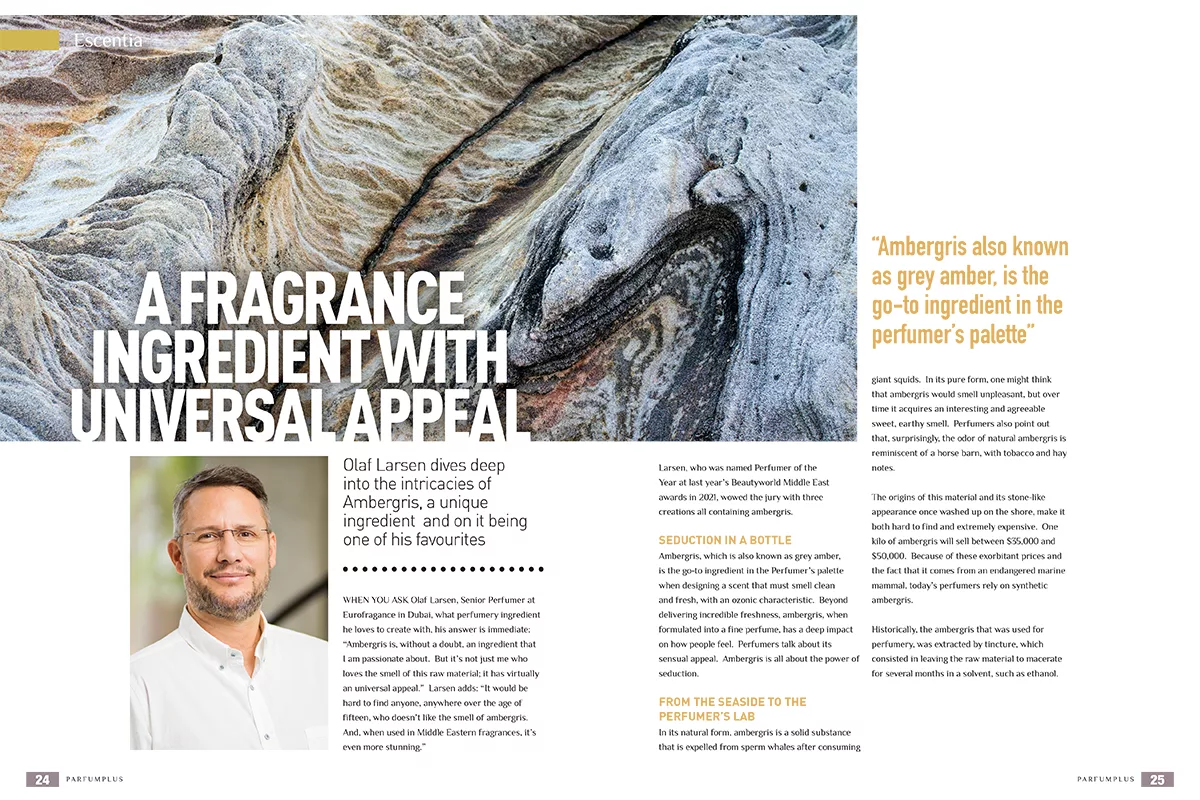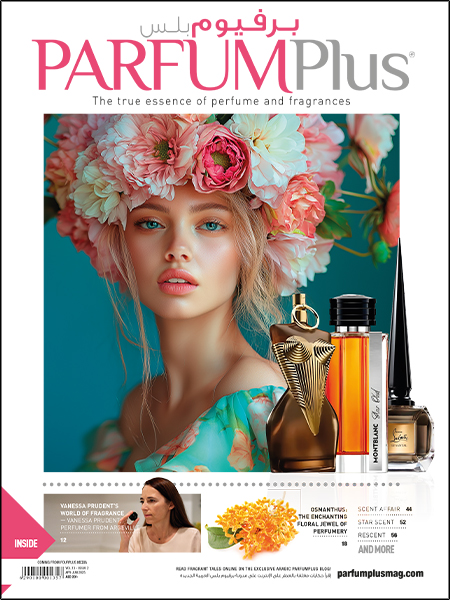Read this post in
 Arabic
Arabic
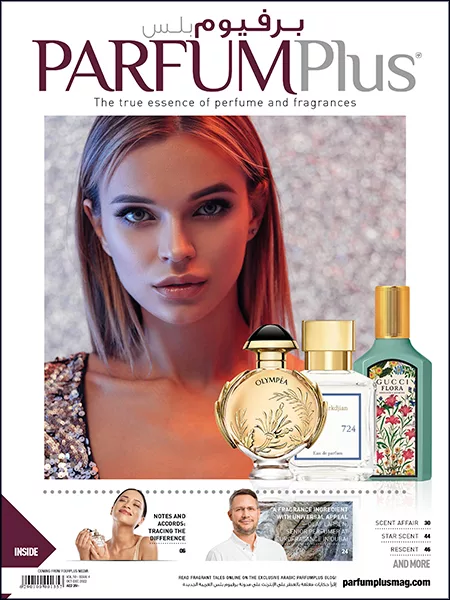
A Fragrance Ingredient with Universal Appeal
Olaf Larsen dives deep into the intricacies of Ambergris, a unique ingredient and on it being one of his favourites
When you ask Olaf Larsen, Senior Perfumer at Eurofragance in Dubai, what perfumery ingredient he loves to create with, his answer is immediate: “Ambergris is, without a doubt, an ingredient that I am passionate about. But it’s not just me who loves the smell of this raw material; it has virtually a universal appeal.” Larsen adds: “It would be hard to find anyone, anywhere over the age of fifteen, who doesn’t like the smell of ambergris. And, when used in Middle Eastern fragrances, it’s even more stunning.”
Larsen, who was named Perfumer of the Year at last year’s Beautyworld Middle East awards in 2021, wowed the jury with three creations all containing ambergris.
Seduction in a Bottle
Ambergris, which is also known as grey amber, is the go-to ingredient in the Perfumer’s palette when designing a scent that must smell clean and fresh, with an ozonic characteristic. Beyond delivering incredible freshness, ambergris, when formulated into a fine perfume, has a deep impact on how people feel. Perfumers talk about its sensual appeal. Ambergris is all about the power of seduction.
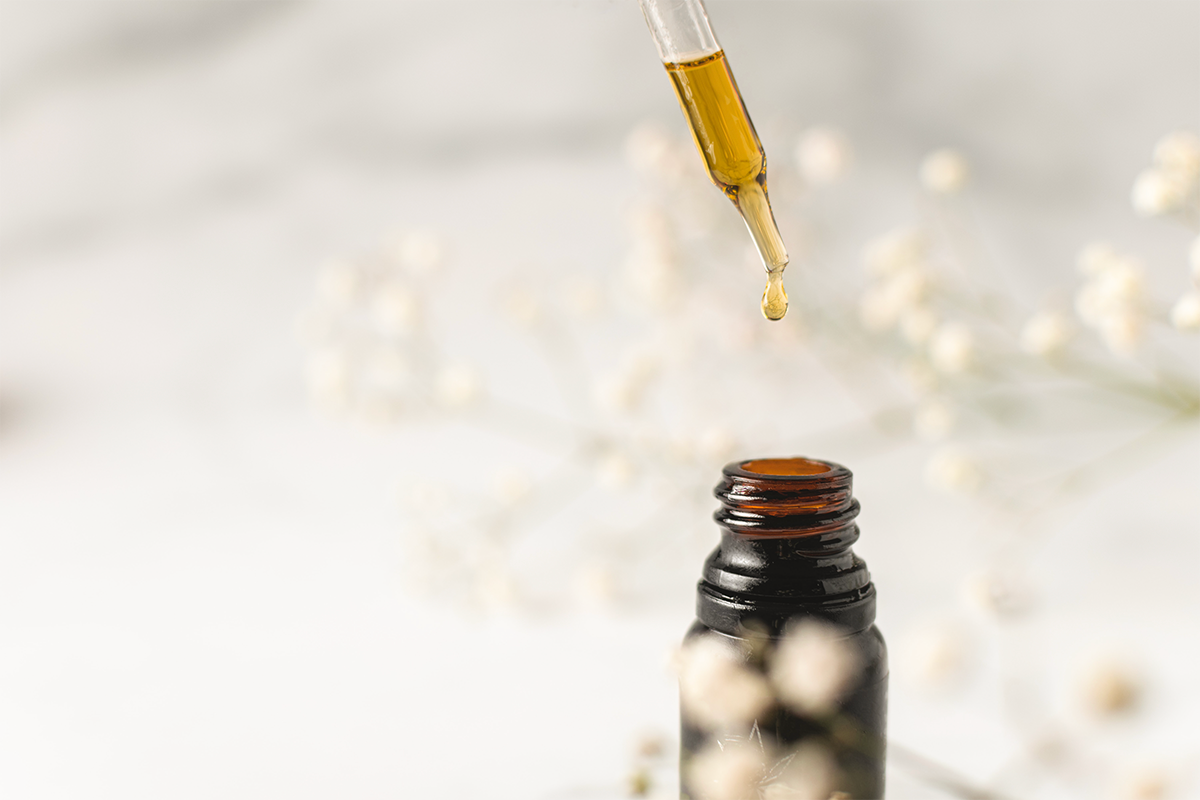
From the Seaside to the Perfumer’s Lab
In its natural form, ambergris is a solid substance that is expelled from sperm whales after consuming giant squids. In its pure form, one might think that ambergris would smell unpleasant, but over time it acquires an interesting and agreeable sweet, earthy smell. Perfumers also point out that, surprisingly, the odor of natural ambergris is reminiscent of a horse barn, with tobacco and hay notes.
The origins of this material and its stone-like appearance once washed up on the shore, make it both hard to find and extremely expensive. One kilo of ambergris will sell between $35,000 and $50,000. Because of these exorbitant prices and the fact that it comes from an endangered marine mammal, today’s perfumers rely on synthetic ambergris.
Historically, the ambergris that was used for perfumery, was extracted by tincture, which consisted in leaving the raw material to macerate for several months in a solvent, such as ethanol.
The Advantages of Synthetic Ambergris
There are several synthetic, branded ambergris that are used extensively in the creation of fragrances. Some of them are even produced using biotechnology—or the use of natural science instead of petroleum-based products—for an even better sustainability profile.
In a perfume formula, the mention of “ambergris,” can mean the inclusion of one of these synthetic ingredients, but it can also refer to an accord made of different synthetic ambergris ingredients, some dry hay notes and other raw materials. Speaking of sustainability, synthetic ambergris is the only solution, and virtually nobody uses the natural raw material anymore.
Synthetic ambergris has become the only option for perfumers the world over, but beyond a much more ecological track record, it offers other interesting properties. Aside from being far more affordable, the other major advantage that stands out with regards to synthetic ambergris is the consistency of the quality of the ingredient. “What’s important for us perfumers is to be able to create fragrances that are reproducible,” says Olaf Larsen, “when consumers repurchase their favorite brand, the quality of the perfume must meet their expectations, each time.”
While synthetic ambergris is more accessible from a cost perspective, its production is complex and time-consuming. The raw material used to create synthetic ambergris is most often clary sage, from which one extracts sclareol. But because the best quality sclareol comes from Russia, the price of this chemical compound has increased quite significantly in recent months due to geopolitical tensions in the region.
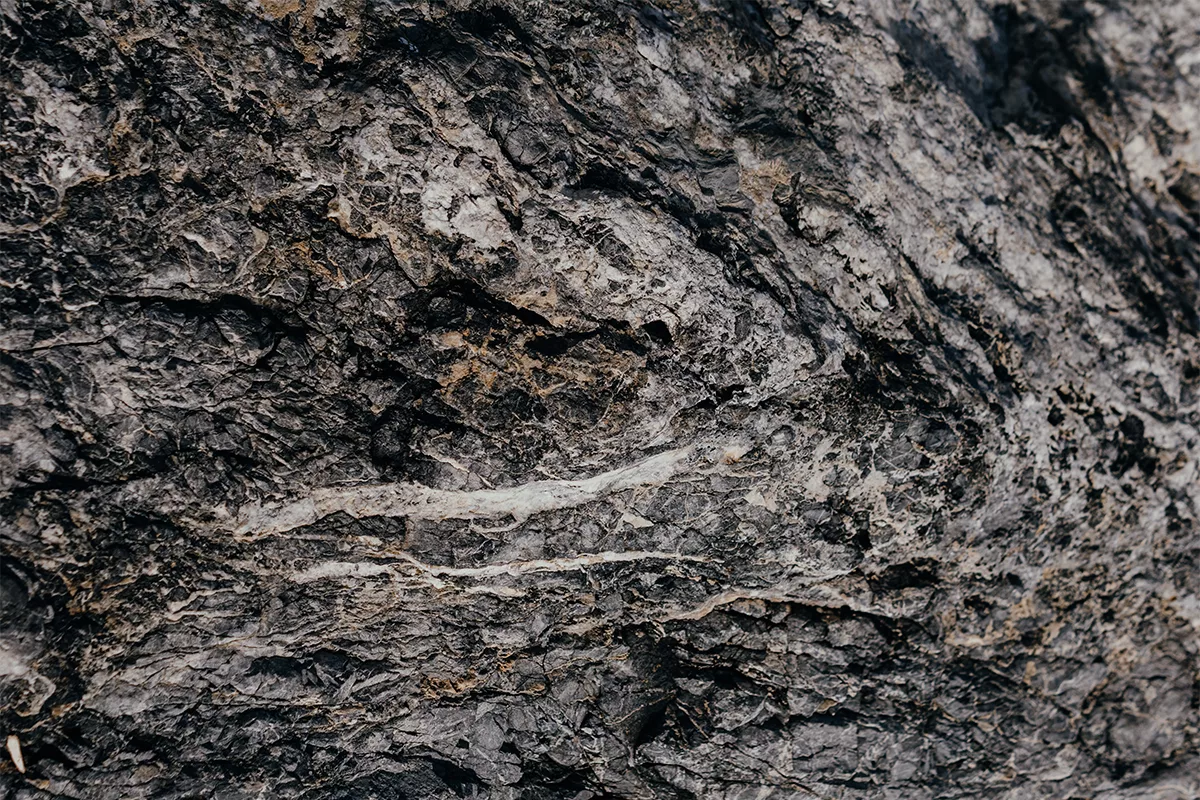
Ambergris in Middle Eastern Perfumes
A typical Middle Eastern fragrance accord is called a mukhallat, meaning “mixture” in Arabic. A traditional mukhallat will contain the following perfumery raw materials: rose, saffron, sandalwood and oud, but in the past fifteen to twenty years new ingredients have made their way into the mix. Ambergris is one of these key ingredients, and it has brought a certain modernity to a cultural icon. It can even be said that ambergris served as a bridge between Middle Eastern perfumes and those of the Western World.
Eurofragance Perfumer Olaf Larsen has lived in Dubai since 2015, but has been creating Middle Eastern perfumes for over a dozen years. He admits that he includes ambergris in literally every one of his creations, and that his customers often encourage him to use even more of this magical ingredient.
He is, however, not willing to reveal how he is able to make the smell of this ingredient so diffusive and long-lasting, while keeping his compositions so well balanced.
We can only guess that these two characteristics occur thanks to the inclusion of other, secret ingredients, which goes to show that it is not only about using a great ingredient such as ambergris but also about great know-how and years of experience.
Read this post in
 Arabic
Arabic


